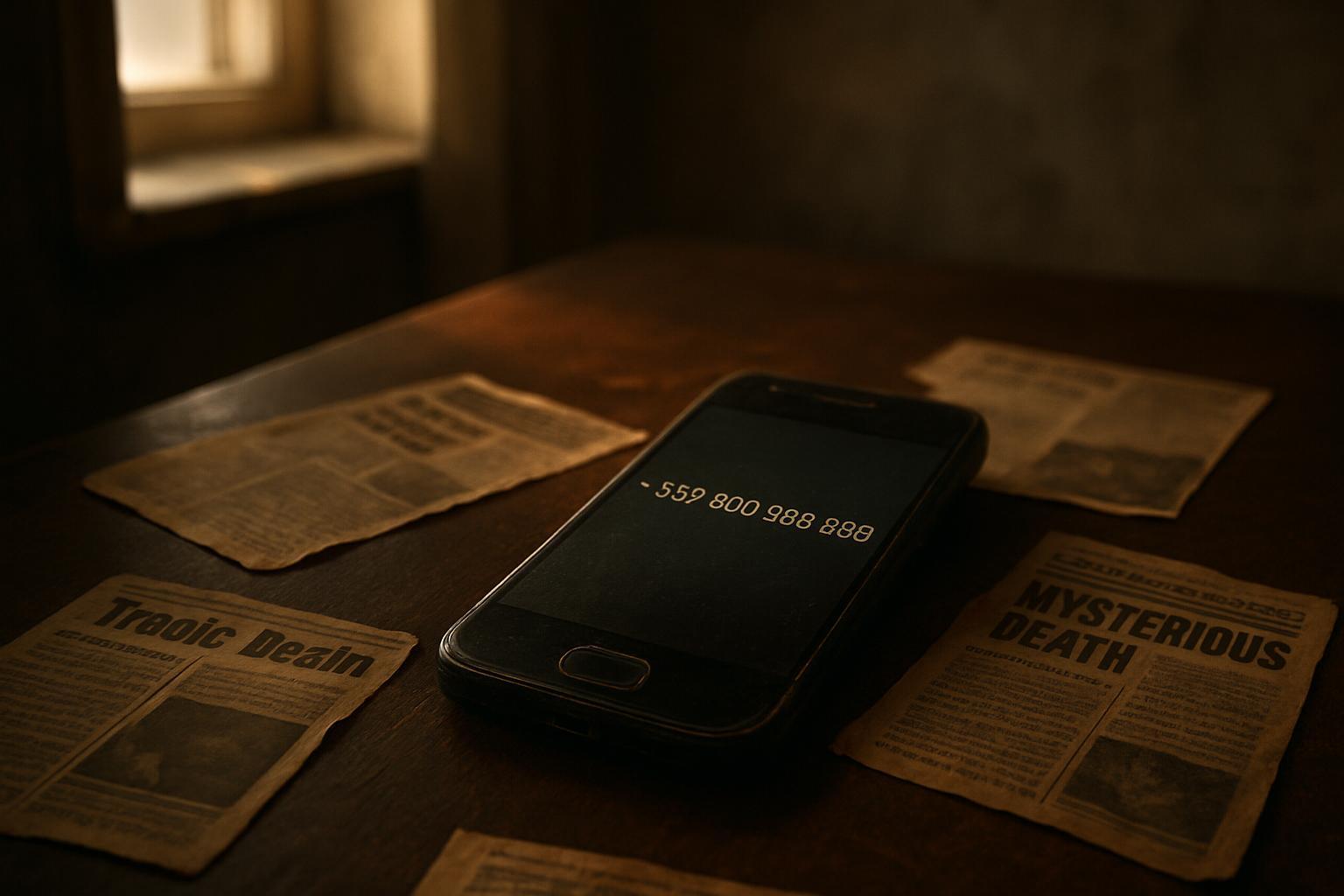The story of the Baghdad Battery is filled with intrigue and scientific mystery. Discovered in Iraq in the 1930s, this jar sparked debates about ancient technology, early electricity, and who truly created it. While theories abound, the facts offer a deeper look into the ancient world and humanity’s quest for knowledge.
The Discovery: An Ancient Mystery Unearthed
In 1936, workers in the Khujut Rabu area near Baghdad uncovered a strange clay jar. Contained within was a copper cylinder wrapped around an iron rod. Wilhelm Konig, the German director of the Iraq Museum, examined the object soon after its discovery. He claimed the find could be the world’s oldest electric battery.
This simple artifact—about 13 centimeters long—now lives in the National Museum of Iraq. When examined, its construction raised more questions than answers. How could such an object exist over two thousand years ago? Was electricity really part of the ancient world?
Breaking Down the Artifact: What Is the Baghdad Battery?
The so-called Baghdad Battery consists of three main parts:
- A clay jar, used as the container.
- A rolled-up copper cylinder, inserted in the jar’s mouth.
- An iron rod, placed at the center of the copper tube, and isolated from direct contact.
Some versions of the battery showed traces of bitumen—a form of natural asphalt—sealing the copper tube and iron rod from the jar’s mouth. This way, the contents could be isolated from outside influences.
When assembled, the iron rod does not touch the copper cylinder directly. If the jar once contained an acidic liquid, such as vinegar or wine, these materials could—in theory—create a weak electrical current.

The Setting: Old Parthia or Beyond?
Dating the Baghdad Battery proves difficult. Most experts point to the Parthian period, which started around 247 BCE and lasted until 224 CE. The Parthians ruled vast territories in what is now Iran and Iraq. They blended many cultures, including Greek, Persian, and Mesopotamian influences.
Still, there’s no record from Parthian times that describes this object or its use. No ancient texts mention batteries or similar technologies. Because the area where the jar was discovered had artifacts from several eras, the exact date remains uncertain.
The Inventors: Who Might Have Built the Baghdad Battery?
Despite its nickname, there is no proof that “Baghdad” invented or used the battery. The artifact’s makers remain unknown. Most likely, they were craftspeople working for merchants or officials in the area of ancient Ctesiphon, near present-day Baghdad.
Several possibilities exist:
- Parthian artisans skilled in metalwork and pottery construction.
- Persian or Seleucid communities, known to exchange scientific ideas with Greeks and Egyptians.
- Local religious groups, perhaps using the object in rituals, or as a container for precious items or scrolls.
No clear signature or symbol appears on the jar. Without text or direct historical evidence, the true builders’ identity fades into the background of ancient history.
Early Theories: Could It Really Make Electricity?
Wilhelm Konig, after examining the jar, suggested it might have served as a battery. In 1940, he published an article proposing the “Baghdad Battery” could have been used for electroplating—coating objects with a thin layer of metal using an electric current.
This idea captured imaginations worldwide. In the 1970s, Willard Gray, an engineer, constructed his own replica of the battery. By filling it with vinegar or grape juice, he was able to produce around 1 volt of electricity—enough to prove the basics were sound.
But excitement ran ahead of evidence. While simple chemical reactions could produce small currents, making the leap to ancient Parthians routinely using batteries needs more proof.
Alternative Suggestions: Other Uses Explored
Many researchers question the battery theory. In fact, archaeologists soon noticed similar jars had been used throughout Mesopotamia as storage containers for sacred scrolls or as simple vessels.
Here are some alternative explanations:
- Scroll Storage: Some believe the jars once held sacred or legal documents, preserving them from humidity and insects.
- Religious Rituals: Since copper and iron were metals viewed as powerful, the vessels could have played a role in religious offerings or rituals.
- Healing Purposes: Acids stored in metal containers sometimes drew iron into the liquid, which then could be consumed for medicinal purposes.
So far, there is no consensus. The physical evidence remains ambiguous, and the lack of written records deepens the mystery.
Electroplating: Was Ancient Science More Advanced?
If the Baghdad Battery was used for electroplating, it would mean that ancient people had practical understanding of electricity. Electroplating involves depositing a thin layer of one metal onto another using an electric current.
However, no Parthian-era objects discovered to date show clear signs of being electroplated. Ancient craftsmen did excel at metalwork. They produced intricate jewelry and ceremonial objects, often mixing metals. But their methods relied mostly on techniques well known in other periods such as alloying, hammering, and gilding—covering objects with gold leaf, not electricity.
Some proponents cite gilded artifacts from Iraq and Iran as possible evidence. However, scientific studies of these relics show that traditional chemical or mechanical methods, not electricity, created the coatings.
Experiments: Testing the Battery Theory
Several researchers have tested replicas of the Baghdad Battery. These experiments show that—when filled with an acidic liquid—the devices can produce a small amount of electricity, often between 0.5 and 1 volt per jar.
Linked together, several jars could in theory provide a higher current. Still, the power produced is weak and short-lived. It would be enough to tingle the tongue or possibly stimulate a mild physical sensation—somewhat like the buzz from a modern nine-volt battery when touched to wet skin.
But could it run a device? Almost certainly not. No evidence suggests the ancient world had electrical lamps or machines powered this way. Furthermore, keeping the jars refilled and properly sealed would have required regular attention and skill.
The Archaeological Context: What Else Did They Find?
The area where the Baghdad Battery was found also produced many other artifacts. Copper objects, iron tools, and simple pottery pieces were the most common. No electrical wires, lamps, or related items turned up nearby.
The lack of supporting evidence makes it difficult for scholars to accept the battery as proof of ancient electricity. Instead, most consider it an outlier, possibly a unique experiment or a misunderstood artifact with a different primary purpose.
Comparing Ancient Technologies: Was the Baghdad Battery Unique?
Looking across the ancient world, there are no clear counterparts to the Baghdad Battery. Other early cultures—Egyptians, Greeks, Chinese, and Romans—created marvels like the Antikythera mechanism, water clocks, and advanced metallurgy. Yet none used clear electrical devices.
The Greeks wrote about electricity in the sense of static charges (like rubbing amber and attracting small objects), but there is no evidence of batteries. Roman medical texts mention electric fish (torpedo rays) used to treat headaches, but again, nothing like chemical batteries turns up until much later.
In China, inventors built compasses, crossbows, and sometimes complex automata, but no evidence exists for chemical electricity as seen in the Baghdad Battery.
Did Other Cultures Miss the Same Discovery?
It’s possible the Baghdad Battery represents a brief experiment or a one-off invention. Perhaps someone, by chance, discovered that certain liquids and metals could produce a weak charge. If the effect seemed magical, it might have played a role in ritual or healing, rather than being harnessed for broader use.
But without widespread adoption, documentation, or clear results, the knowledge did not spread or evolve. The battery remains a lonely clue rather than a sign of lost science.
Myths, Theories, and Pop Culture
Since Konig’s bold suggestion in the early 20th century, the Baghdad Battery has become a magnet for speculation. Writers, documentarians, and television shows have spun stories about ancient power sources, advanced alchemy, or even alien contact. These tales often run far ahead of the evidence.
Books and TV episodes such as those in the “Ancient Aliens” franchise have linked the battery to all kinds of unprovable claims. Some say the battery lit lamps in temples; others suggest it powered mysterious machines lost to time. None of these stories hold up under scrutiny.
Still, the battery’s appearance and the aura of the unknown help keep it alive in the popular imagination. It calls to those who love a good mystery, blending real history with what science fiction writers call the “sense of wonder.”
Debunking: What We Know and What We Don’t
Most professional archaeologists today do not believe the Baghdad Battery was a practical power source. Instead, they point to several facts:
- No written records or images from the era describe batteries or electric use.
- The jars match designs used as scroll holders and storage containers from the same period.
- The electric charge, while possible, was weak and likely not the primary goal of the object’s creators.
- No equipment or artifacts in the same context would support large-scale or even small-scale electric use.
Despite experiments showing possible voltage, making the battery practical would require a chain of technical knowledge not yet proven to exist in ancient Iraq.
New Scientific Studies and Insights
In recent years, researchers have used more advanced laboratories to study the battery and similar artifacts. X-ray and chemical analysis reveal the copper was made with ancient smelting techniques. The iron rods also show corrosion patterns like other items from the same era. No markings or wear patterns point to repeated assembly or maintenance as you might expect for a battery being “recharged.”
A 2012 study by Dr. Elizabeth Stone and her Iraqi colleagues found that almost no nearby objects showed traces of electroplating with gold or silver. Most scholars agree that artifacts found with the battery do not support its use as an electrical device. Instead, these findings point back to the scroll container or ritual use theory.
The Battery in Modern Experiments and Museums
Despite doubts about its original use, the Baghdad Battery has become a favorite example in science education. Museums sometimes create replicas to show the basics of how chemical electricity works. Teachers use it to spark interest in ancient science, innovation, and problem-solving.
For many, the story isn’t about lost knowledge, but about how open-minded and curious we can be—even about ideas far ahead of their time.
So, Who Really Built the Baghdad Battery?
The truth is likely closer to earth than the myths suggest. Parthian or local craftsmen assembled the artifact using the materials and techniques available in their time. The jar was made by skilled potters, the copper tube by a metalworker, and the iron rod by a blacksmith familiar with forging and shaping iron.
Did they understand electricity? Probably not as we do today. They may have stumbled on a curious effect when certain liquids met certain metals, but there is no firm evidence that they harnessed this reaction for large-scale practical use.
Instead, the artifact stands as a testament to ancient creativity and technical skill. It shows that the line between science and curiosity is often thin—and that sometimes, an object’s true purpose might never be fully known.
The Lasting Appeal of an Ancient Puzzle
The Baghdad Battery fascinates because it sits at the edge of what we can know. Its simple yet mysterious design invites questions about the paths of discovery and the surprises held in our history. While modern science leans toward ordinary explanations, the allure of ancient secrets gives the artifact a special kind of magic.
Whether it was a battery, a scroll case, or a ritual object, it reminds you that the ancient world was full of ingenuity and wonder. Its mystery continues to challenge historians, scientists, and anyone curious about humanity’s search for answers.




